Reference Page Format Menu Comments
Page Setup
New Page - The reference page should start on a separate page (Chapter 2, 2.11, p. 37).
Heading Format - The reference page heading should be in non-bold regular font. It is not considered in the levels of headings for the paper.
Heading - The reference page heading should be either 'References' or 'Reference' (when there is only one) (Chapter 2, 2.11, p. 37).
Hanging Indent - The reference page should be in hanging indent format (Chapter 2, 2.11, p. 37).
Double Space - The reference page should be double-spaced (Chapter 6, p. 180).
Reference Mismatch - This reference does not have a corresponding citation in your paper. This may be due to oversight or you may have not included all of the authors in the citation or reference listing.
References Amount - The references should be sufficient to back up the research but do not need to be tedious and unnecessarily lengthy (Chapter 2, 2.11, p. 37).
Common Examples
Periodical - An example of a typical reference of a periodical is as follows: Andrew, B. C. (2009). A study of child learning styles. Children Science Quarterly, 2(3), 120-142. The author surname and initials appear first, followed by the year of publication in parentheses; the article title appears second; the journal name appears third in italics, followed by volume number also in italics; the issue number follows in parentheses; and page numbers at the end (Chapter 6, 6.27-6.30, pp. 184-186).
Books - All books should be referenced with author name and year first and title of the work in italics following surname and year (e.g., Smith, S. S. (2000). Child learning styles.). Location and publisher, 'Retrieved from' and a URL, or doi should follow the book title if applicable depending on availability. In the case of multiple editions replace the author name with the editor name and follow editor surname and initials with Ed. In parentheses (e.g., Samuel, S. S. (Ed.). (2003). Child learning styles.) (Chapter 7, 7.02, pp. 202-205).
Reports - In general, technical and research reports should be formatted as a book containing; author surname and year, title of the work, assigned number, location and publisher (e.g., Smith, S. S. (2000). Child learning styles (Contract No. 325). Washington, DC: PappasVolk Publishing Inc.) (Chapter 7, 7.03, pp. 205-206).
Meetings and Symposia - Meetings and Symposia should be referenced in book or periodical format. If the proceedings are from a book then format the reference as a book, if the proceedings are part of a regular publication then it should be referenced in periodical format (Chapter 7, 7.04, pp. 206-207).
Unpublished Sources - Unpublished sources should be referenced with author surname and year, title of work in italics, and note stating unpublished paper (e.g., Smith, S. S. (2000). Child learning styles. Unpublished paper.) or other applicable statements (Chapter 7, 7.09, pp. 211-212).
Positive
Great Reference Page - Great reference page!
Author Organization
Alphabetical - The order of the reference page should be alphabetical by last name, letter by letter.
Same Author - If there are multiple works by the same author(s), then order by year from earliest to latest (Chapter 6, 6.23, p. 182).
Same Author with Coauthors - Entries with one author should come before entries with that same author and multiple other authors (Chapter 6, 6.23, p. 182).
Same Author(s)-Same Year - Works published in the same year by the same authors are arranged alphabetically by the first significant word in the title. If the works are a part of a series they are arranged in the order of the series (Chapter 6, 6.23, p. 182).
No Author - Works with no author should be alphabetized by the first significant word in the title (Chapter 6, 6.23, p. 183).
Organization Author - Work with an organization listed as the author should be placed in alphabetical order by the first significant word in the organization name (Chapter 6, 6.23, p. 183).
Punctuation
Source Inappropriate - This source is not appropriate for this paper.
Punctuation - Appropriate punctuation is missing in this reference; see examples in Chapter 7 for specific clarification on reference form.
Issue Number - Issue number is only required for journals that are paginated by issue (i.e., each issue begins at 1) (Chapter 7, 7.01, p. 199).
Use Brackets - For special issues, special sections, abstracts, monographs, and editorials follow the title with brackets indicating the type of source (i.e., [Special Issue], [Special section], [Abstract], [Monograph], or [Editorial]) (Chapter 7, 7.01, pp. 201-202).

